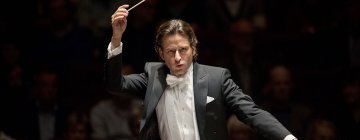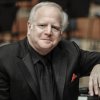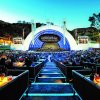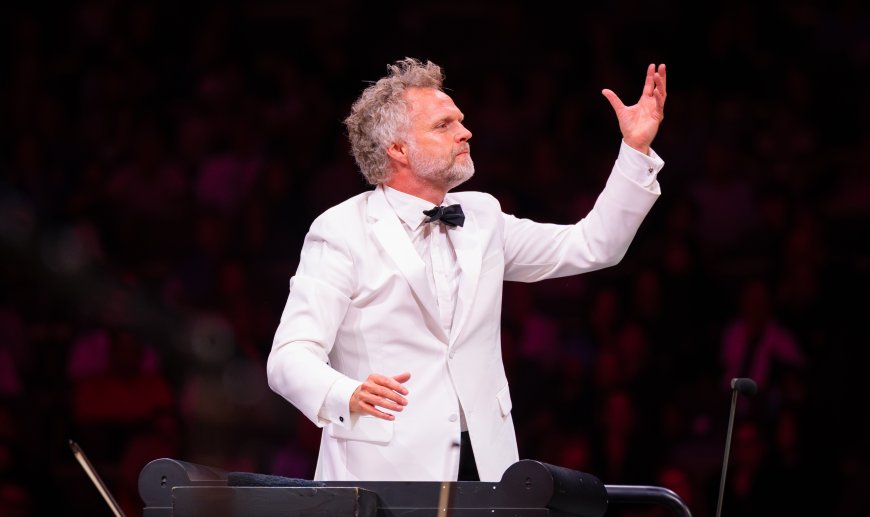
The eminent Danish conductor Thomas Søndergård had a tough act to follow when he succeeded Osmo Vänskä as music director of the Minnesota Orchestra in 2023. In his two seasons there so far, Søndergård has represented continuity with Vänskä’s transformational tenure and has even led a festival of music from Nordic countries.
Minus the Minnesotans, Søndergård came out West last week, guest-conducting the Los Angeles Philharmonic in the prestigious leadoff spot of the Hollywood Bowl’s classical season on Tuesday, July 8. If his performance was any indication of what he’s been doing in Minneapolis, then that orchestra has scored a coup.
Søndergård brought a thoroughly coherent program, predominantly Russian, to the Bowl’s now gaudily lit shell. Unexpectedly, the concert included the Ballade in A Minor, Op. 33, by British composer Samuel Coleridge-Taylor (1875–1912), whose music has benefited lately from an uptick of interest in Black composers. (The conductor also presented the work with his Royal Scottish National Orchestra in 2024.)
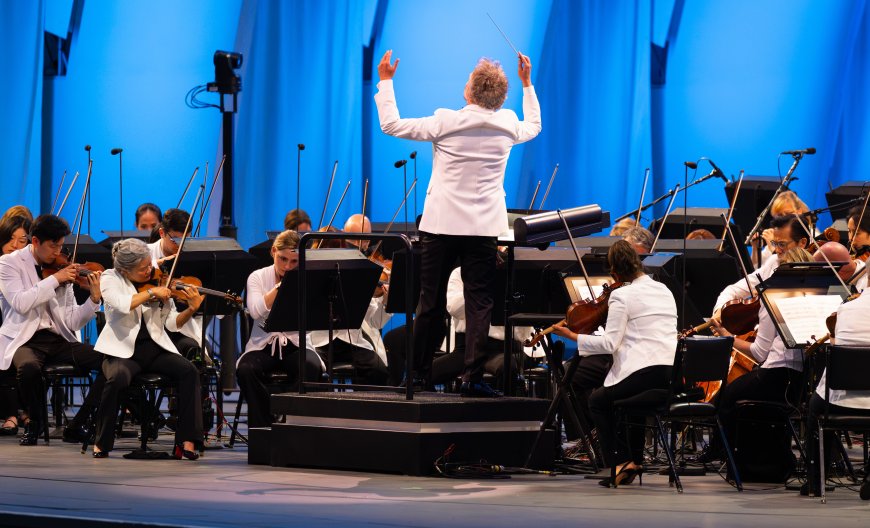
It’s a very attractive and tuneful late-Romantic-era piece. While its success helped establish the young Coleridge-Taylor’s career, the Ballade has since faded into obscurity. This music can still seduce an audience, however.
Now, about the “Russian” aspect and how the work related to the rest of the program: The lyrical theme of the Ballade’s central section sounds as if it could have been dashed off by Sergei Rachmaninoff while writing his Second Symphony, composed just eight years later.
Fittingly, the real Rachmaninoff showed up immediately afterward on Tuesday in the form of his Rhapsody on a Theme of Paganini, played by the Russian-born pianist Kirill Gerstein like he owned the piece — and he might well after this galvanic performance.
His demonic streak in full force, Gerstein tore through the opening variations in brittle, invigorating, precisely detailed fashion, while allowing the famous tune of the 18th variation to sing out with uninhibited Russian soul. Søndergård caught Gerstein’s fire and got a dynamic response from the LA Phil underneath the devilish crimson lighting of the Bowl’s shell.
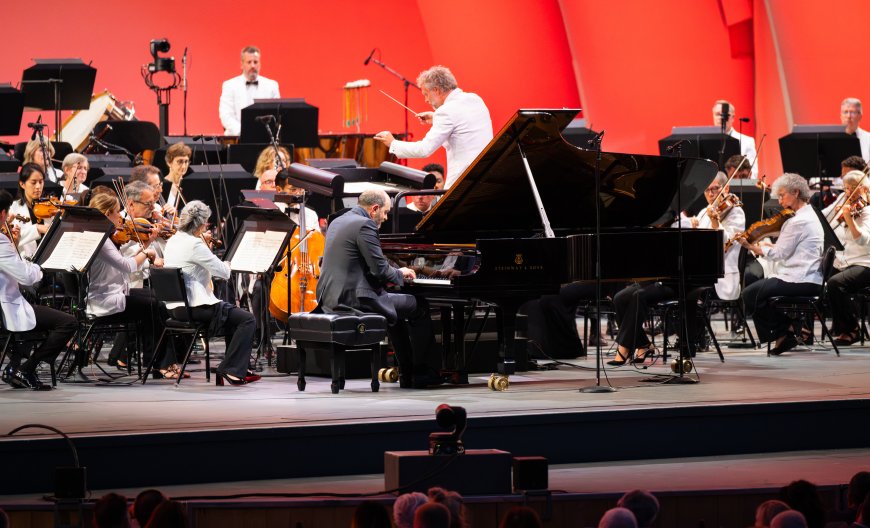
Søndergård and the orchestra then turned in a smashing rendition of Sergei Prokofiev’s triumphant Symphony No. 5. Many writers have claimed that the Fifth Symphony may have been conceived in anticipation of a final victory in World War II, as the Soviet army was pushing the Nazis back into Germany. I prefer the interpretation by record critic John M. Conly, who in the 1950s suggested that the Fifth was “the first urban symphony” (though I do wonder if he ever heard Gustav Mahler’s Ninth). “It teems,” Conly said, and that description resonates because you can picture the hectic energy and rush of modern cities in the scherzo and finale, set off by the slower, grinding angst of the first and third movements.
Indeed, Prokofiev’s Fifth teemed in Søndergård’s hands — the conductor used only his hands in the odd-numbered movements while reverting to a baton in the even-numbered ones.
The opening Andante came to a satisfyingly thick and crushing head three-quarters of the way through. Everything else had crisp, sharp bite at mostly ideal tempos, and the hard-driving coda of the finale spun like a top. The Bowl’s sound system, though turned up in volume, reflected plenty of clear detail, almost as if the engineers had transported the acoustics of Walt Disney Concert Hall to the great outdoors. It was a good start to the summer ahead.
